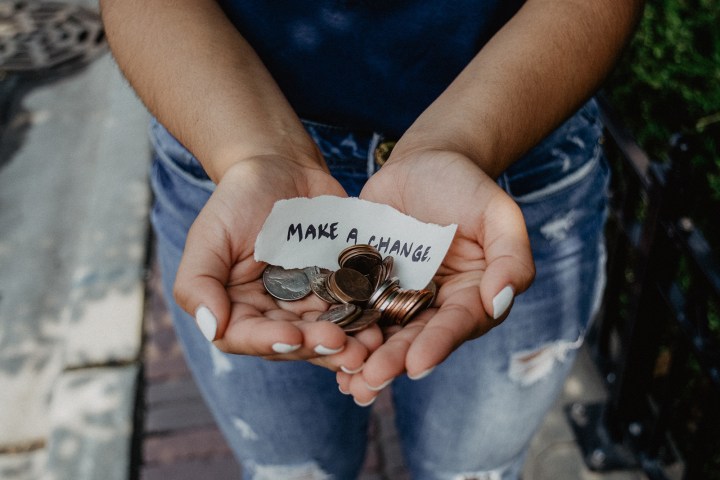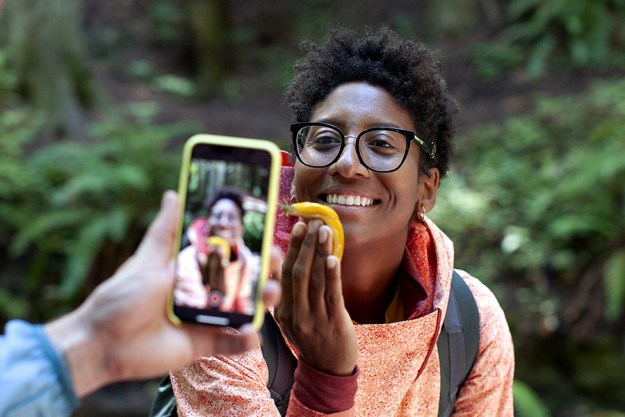
The GoFundMe campaign started with a heartwarming, good Samaritan story: a homeless veteran using his own money to buy gas for a young woman stranded in Philadelphia. After the woman went to pay the man back, she decided to do more and launched a GoFundMe campaign to help the veteran get back on his feet. The story quickly gained viral fame and even stories from major news outlets. The problem? The entire story was an elaborate GoFundMe scam and the more than $400,000 raised by over 14,000 people went to a luxury car, vacations, designer handbags and gambling for the woman and her boyfriend.
While GoFundMe has helped countless people out of real jams, the charity crowd funding website also attracts scammers, from the homeless man scam to the mother imprisoned for child abuse after pretending her son had cancer. GoFundMe isn’t a bad platform — and in cases that involve criminal charges donors receive refunds — but like Kickstarter and Indiegogo, donors should be skeptical enough to do some digging before donating.
Here’s how to avoid GoFundMe scams.
Look at who’s organizing the campaign.
GoFundMe suggests starting by looking at who is running the campaign. Before you donate, the company suggests, know how the organizer is related to the recipient. Campaigns where the relationship isn’t clear may be a red flag. At the very least, take a minute to Google the name of both the recipient and the campaign organizer. Watch out for organizers with multiple unrelated campaigns running.
Do a reverse image search on Google.
Downloading a photo of someone else’s crisis and pretending it’s your own is easy to do — but so is spotting these fakes. Download the campaign image or copy paste the link and run a reverse image search. You may find the same image shared on the organizer’s social media pages, but steer clear of any campaigns where the images came from a different person entirely. (The same trick can also help spot fake news and doctored photographs).
Some scammers shoot their own photos, so original images don’t make the campaign a sure thing, but can weed out some of the fakes.
Read the comment section.
Reading through the comments before backing a crowdfunding campaign is a good idea that applies to identifying scams on platforms like Kickstarter and Indiegogo too. GoFundMe suggests looking for supportive comments from friends and family of the recipient. Lack of comments may also be a red flag.
Support GoFundMe campaigns from people that you know.
One of the best ways to avoid a scam? Support campaigns for the people that you know, or friends of friends. If a stranger sends you a message asking for GoFundMe support, there’s a bigger chance that it’s not the real deal. The suggestion comes from Adrienne Gonzalez, founder of GoFraudMe.
Fund the original campaign.
Some scammers aren’t creative enough to make up their own story — they take a story that’s gone viral and create a separate campaign. Problem is, that campaign is in no way related to the first and the funds aren’t actually going to that viral cause. Do a quick Google search and make sure there’s only one campaign from one organizer and that you’re contributing to the original cause.
If you do find a GoFundMe scam, help the potential donors after you by reporting the campaign to GoFundMe. GoFundMe says that scams on the platform make up less than one-tenth of one percent of campaigns on the platform — but doing a little digging before funding a campaign can give you a better chance of actually doing some good.



